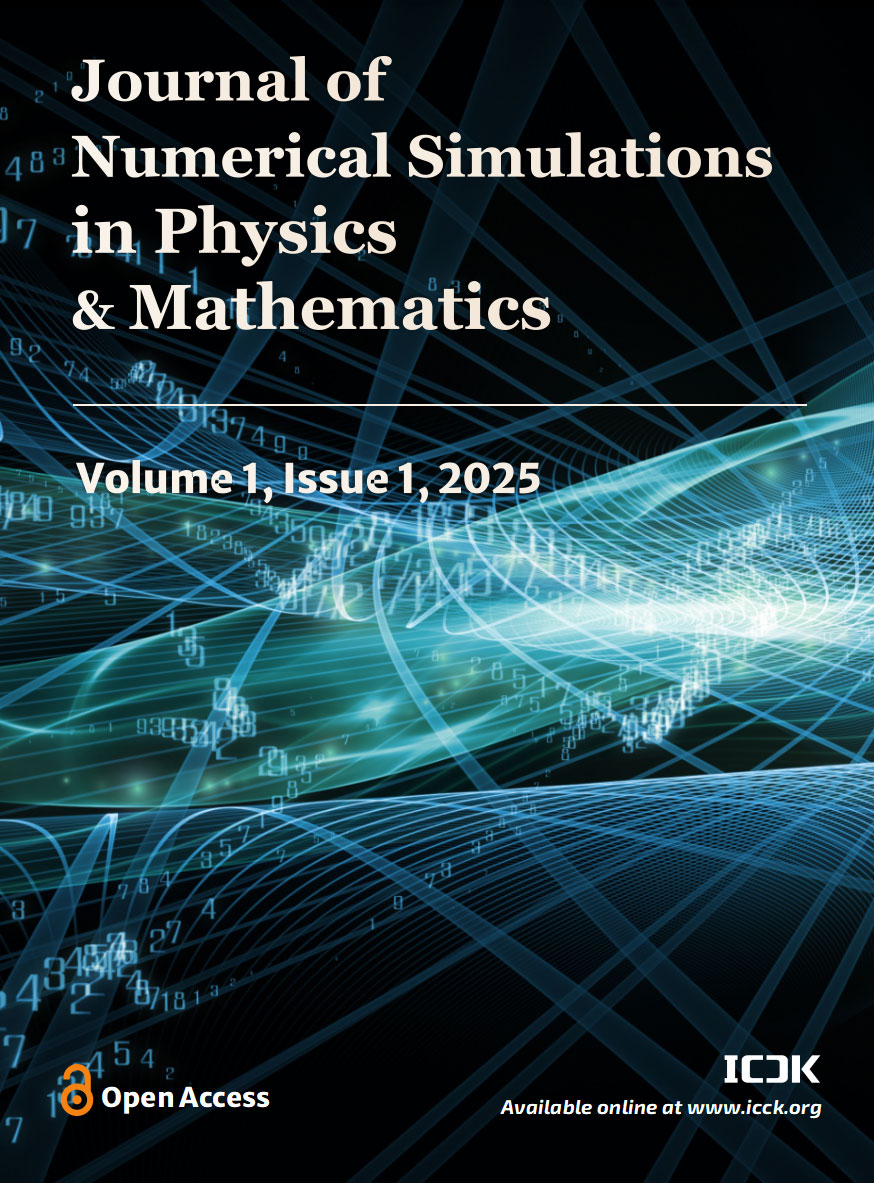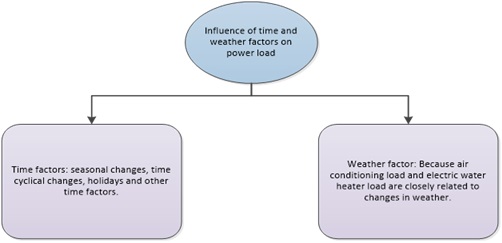Abstract
This paper proposed an intelligent temperature-controlled load energy-saving technology based on multi-modal target detection, recognition and tracking, aiming to study the integration of traditional power energy-saving technology and high-tech multi-modal target detection, recognition and tracking technology. The method proposed in this paper was to use the energy management model of temperature-controlled load based on multi-modal target detection, identification and tracking and aggregate response algorithm to carry out energy-saving management of user's temperature-controlled load. The two algorithms jointly carried out energy-saving and optimal management of electrical appliances. Through the analysis of the electrical load optimization management experiment, after the energy saving optimization of the air conditioner, its 24-hour total power has dropped by 61kW, and the temperature has dropped by 3 degrees Celsius. After the energy saving optimization of the electric water heater, its 24-hour total power has dropped by 37kW and the temperature has dropped by 5 degrees Celsius. This shows that the power load (PL) temperature control and energy-saving technology can effectively save energy and control the temperature of electrical appliances. The experimental results can effectively demonstrate that the research on the optimal control method of the temperature-controlled load energy-saving technology based on multi-modal target detection, identification and tracking is feasible. The results of this study clearly show that the multi-modal target detection, recognition and tracking technology can be well applied to the current PL temperature control and energy saving, which provides a possible development direction for the future PL energy saving processing technology.
Keywords
multi-modal Ttarget detection
industrial and commercial users
temperature control load energy saving
power supply industry
aggregate response algorithm
Data Availability Statement
Data will be made available on request.
Funding
This work was supported in part by the Ordos Science and Technology Plan Project under Grant 2022YY041; in part by the Inner Mongolia Natural Science Fund Project under Grant 2019MS06013; in part by the Hunan Enterprise Science and Technology Commissioner Program under Grant 2021GK5042.
Conflicts of Interest
Changgui Shan is an employee of Nanjing Lishuangde Mechanical and Electrical Equipment Installation Co., Ltd., Nanjing 210008, China
Ethical Approval and Consent to Participate
Not applicable.
Cite This Article
APA Style
Li, Y., Sun, Y., Ma L., Zhao, Z., & Shan, C. (2025). Optimal Control Method of Temperature-Controlled Load Energy-Saving Technology for Industrial and Commercial Users Integrating Multi-Modal Target Detection, Identification and Tracking Models. Journal of Numerical Simulations in Physics and Mathematics, 1(1), 7–17. https://doi.org/10.62762/JNSPM.2025.109244
Publisher's Note
ICCK stays neutral with regard to jurisdictional claims in published maps and institutional affiliations.
Rights and Permissions

Copyright © 2025 by the Author(s). Published by Institute of Central Computation and Knowledge. This article is an open access article distributed under the terms and conditions of the Creative Commons Attribution (CC BY) license (
https://creativecommons.org/licenses/by/4.0/), which permits use, sharing, adaptation, distribution and reproduction in any medium or format, as long as you give appropriate credit to the original author(s) and the source, provide a link to the Creative Commons licence, and indicate if changes were made.


 Submit Manuscript
Edit a Special Issue
Submit Manuscript
Edit a Special Issue

 Copyright © 2025 by the Author(s). Published by Institute of Central Computation and Knowledge. This article is an open access article distributed under the terms and conditions of the Creative Commons Attribution (CC BY) license (https://creativecommons.org/licenses/by/4.0/), which permits use, sharing, adaptation, distribution and reproduction in any medium or format, as long as you give appropriate credit to the original author(s) and the source, provide a link to the Creative Commons licence, and indicate if changes were made.
Copyright © 2025 by the Author(s). Published by Institute of Central Computation and Knowledge. This article is an open access article distributed under the terms and conditions of the Creative Commons Attribution (CC BY) license (https://creativecommons.org/licenses/by/4.0/), which permits use, sharing, adaptation, distribution and reproduction in any medium or format, as long as you give appropriate credit to the original author(s) and the source, provide a link to the Creative Commons licence, and indicate if changes were made. 